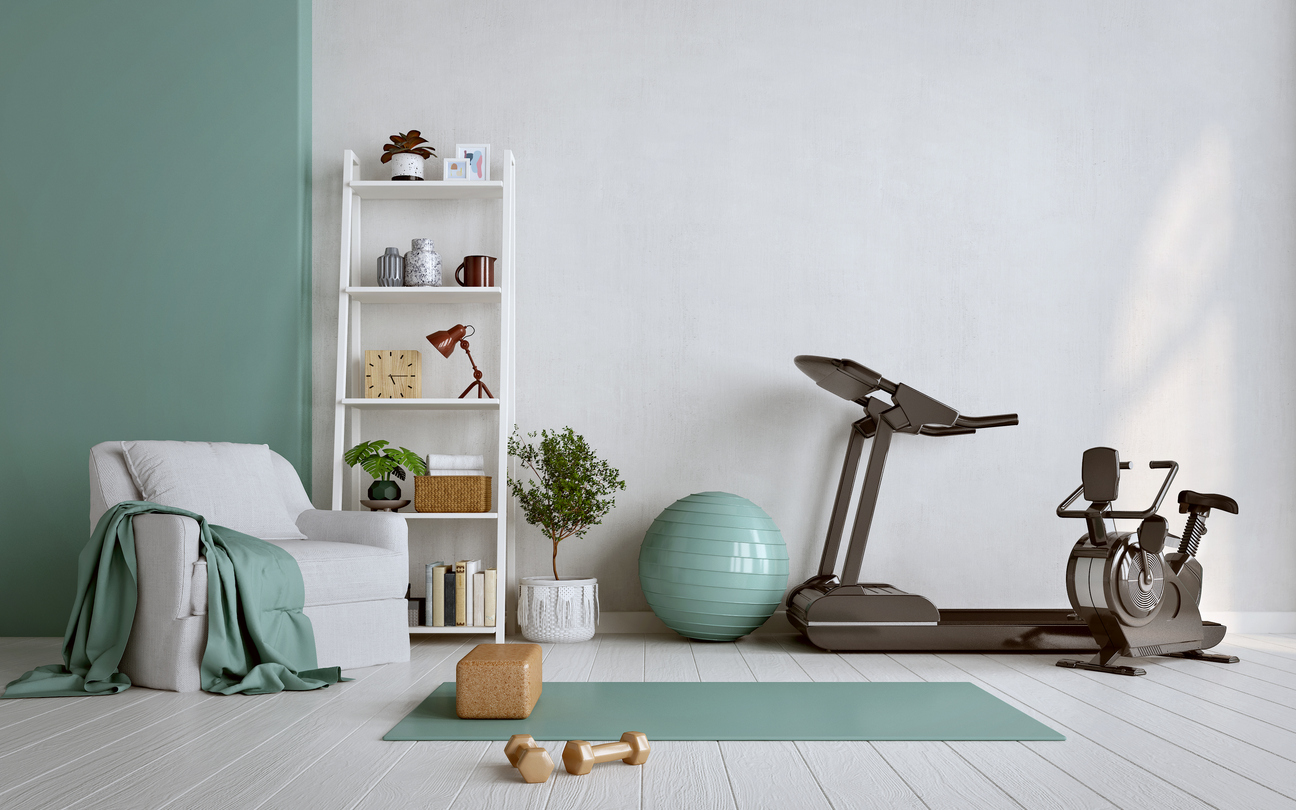Creating a home gym might seem like an expensive endeavor, but with some creativity, planning, and smart shopping, you can turn a small space in your home into a functional gym without breaking the bank. A home gym provides the flexibility and convenience to exercise on your schedule, and by taking a budget-friendly approach, you’ll also save money in the long term compared to pricey gym memberships. Here’s how you can build a home gym economically without sacrificing functionality or quality.
1. Assess Your Space and Fitness Goals
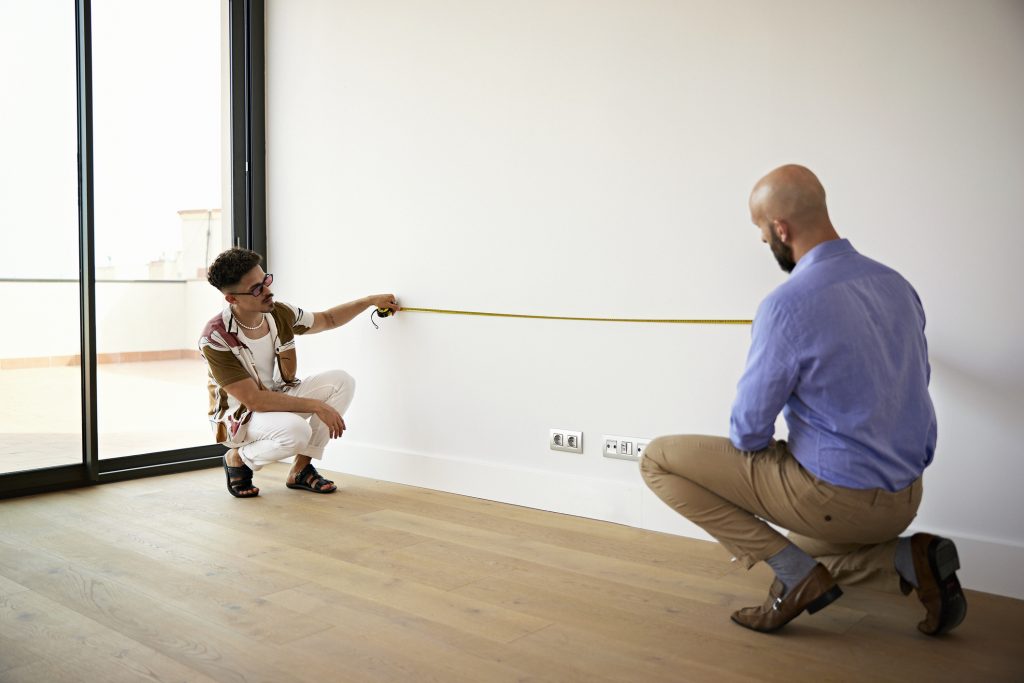
Before you start shopping for equipment, consider the space you have available and define your fitness goals. Home gyms don’t need to take up an entire room; even a corner of your living room, garage, or basement can work for a compact gym setup. Whether your goal is strength training, cardio, or yoga, knowing what you’re aiming for will help you prioritize your purchases.
Optimize Your Space
- Clear the area: Remove unnecessary furniture or clutter to make room.
- Measure dimensions: Knowing the size of your space ensures that anything you buy will fit.
- Multi-purpose furniture or equipment: Look for foldable or stackable items to keep the area versatile.
2. Prioritize Essential Equipment
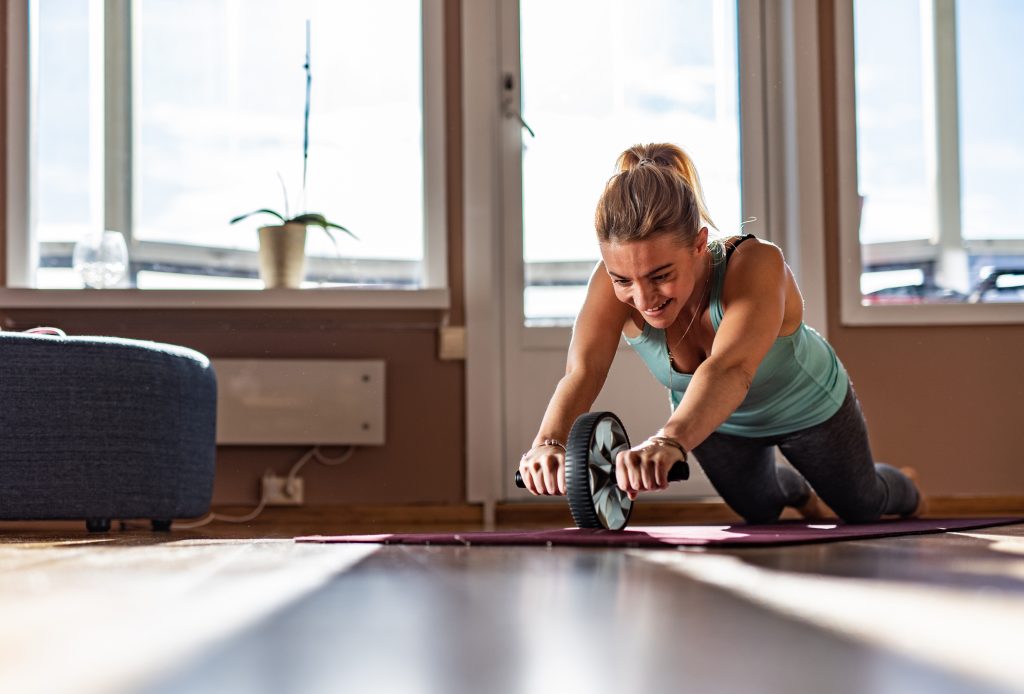
You don’t need to buy every piece of gym equipment you see. Focus on versatile and cost-effective items that serve multiple purposes. Here’s a list of budget-friendly essentials:
Resistance Training
- Resistance Bands: These are compact, inexpensive, and highly effective for strength training. They come in different resistance levels, making them suitable for beginners and experienced lifters alike.
- Adjustable Dumbbells: Instead of buying a full set of weights, consider adjustable dumbbells. They save both money and space.
- Kettlebell: A single kettlebell is incredibly versatile for exercises like swings, squats, and presses.
Bodyweight Training
- Pull-Up Bar: A doorway pull-up bar is easy to install and allows you to do pull-ups and other hanging exercises.
- Yoga or Exercise Mat: Perfect for bodyweight exercises, stretching, and yoga, a mat provides comfort and reduces the risk of slipping.
- Ab Wheel: For less than $20, an ab wheel offers a killer core workout.
Cardio Equipment
- Jump Rope: A jump rope is the ultimate budget-friendly cardio tool. It’s small, affordable, and perfect for high-intensity workouts.
- Second-Hand Treadmills or Bikes: Check for used cardio machines on platforms like Facebook Marketplace, Craigslist, or local yard sales. Often, people sell them for a fraction of their original price.
3. Consider DIY Fitness Hacks
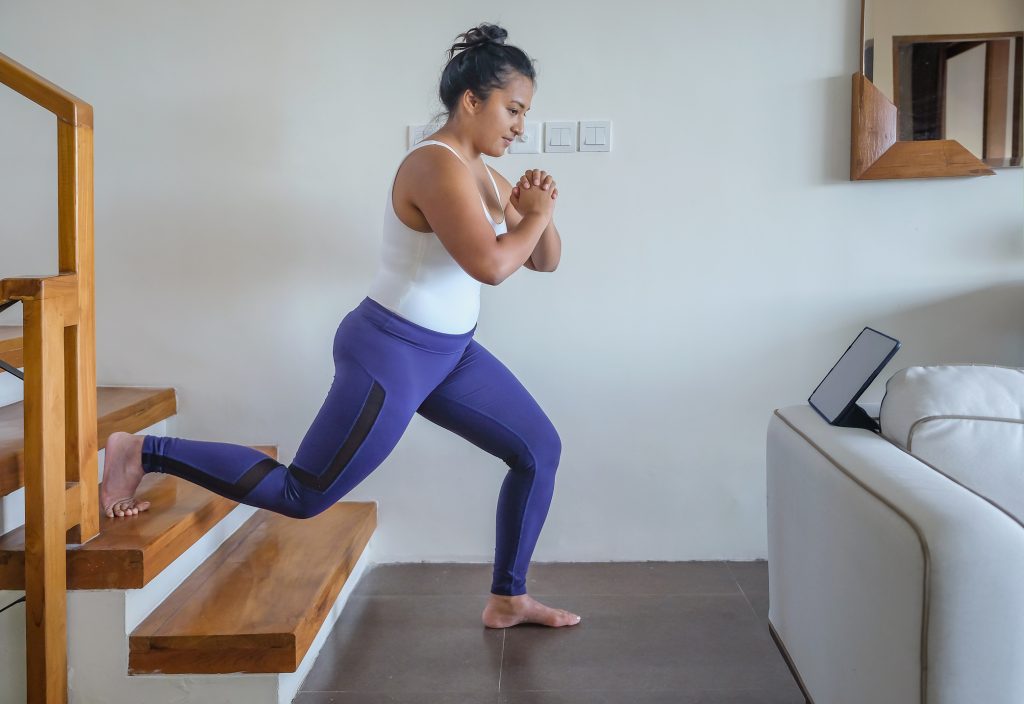
Sometimes, you don’t need fancy equipment to get the job done. With a little creativity, you can make your own fitness gear. Here are a few cost-effective DIY hacks:
- Sandbags: Fill an old duffel bag with sand or rice to create a weighted bag for functional training.
- PVC Pipes for Parallettes: Use affordable PVC pipes to create parallettes for dips and push-ups.
- Bucket Weights: Fill buckets with water or concrete for an instant, inexpensive weight set.
- Step-Ups: Use a sturdy ottoman, wooden box, or home stairs for step-up exercises.
4. Shop Smart for Discounts and Deals
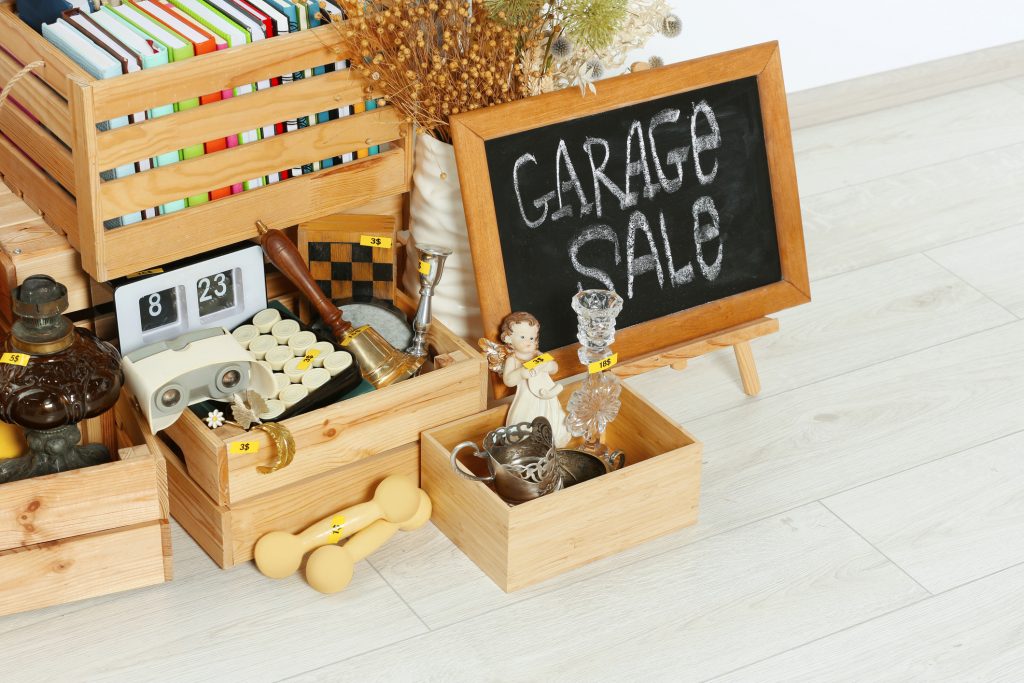
Saving money on gym equipment is all about timing and research. Here are some tips to find the best deals:
- Buy Second-Hand: Check garage sales, thrift stores, or online marketplaces like eBay, OfferUp, or Craigslist. Many people sell barely used equipment for much less than retail prices.
- Wait for Sales: Look out for sales events like Black Friday, Cyber Monday, or end-of-season clearances to score discounts on fitness equipment.
- Fitness Equipment Outlet Stores: Some stores specialize in selling overstocked or slightly blemished items at deep discounts.
- Check Local Gyms: When gyms upgrade their equipment, they often sell old gear at rock-bottom prices.
5. Take Advantage of Free Workout Resources
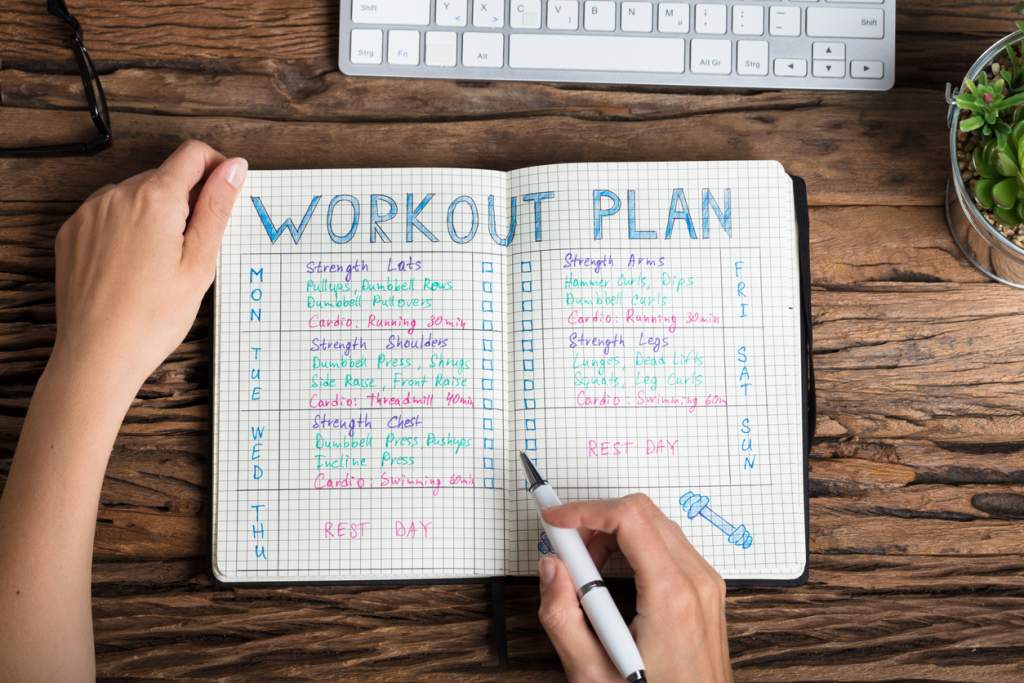
One of the best things about the internet is the abundance of free fitness content available. Instead of paying for a personal trainer or expensive fitness programs, you can follow free workout plans online.
- YouTube Channels: Channels like FitnessBlender, Yoga With Adriene, and The Body Coach offer excellent workouts for all fitness levels.
- Apps: Free fitness apps like MyFitnessPal, Nike Training Club (NTC), or 7 Minute Workout provide structured guidance at no cost.
- Social Media Communities: Facebook and Instagram have countless fitness communities where you can connect with others for advice and motivation.
6. Get Creative with Everyday Items
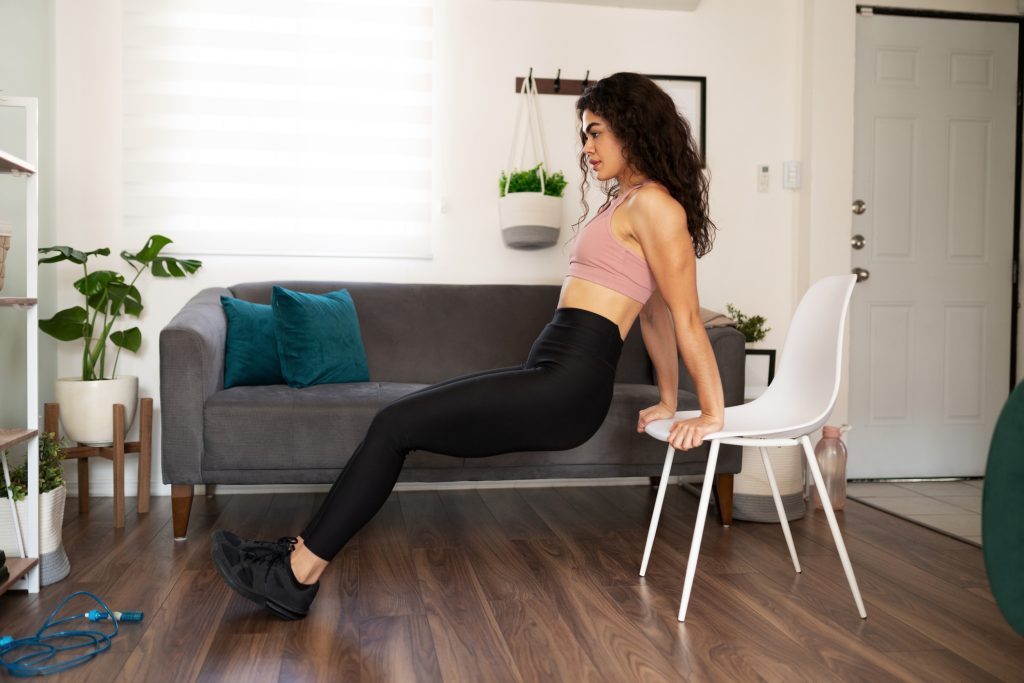
You might already have some items in your home that can double as gym equipment. No need to run to the store when you can incorporate these into your workout:
- Backpack Weights: Fill a backpack with books or water bottles to use as a weighted vest.
- Towels: Use towels for sliding exercises like lunges or mountain climbers on hardwood or tiled floors.
- Chairs: Sturdy chairs are perfect for tricep dips, step-ups, or even as makeshift benches.
- Milk Jugs or Water Bottles: Fill these with water or sand to create DIY free weights.
7. Create a Motivating Environment
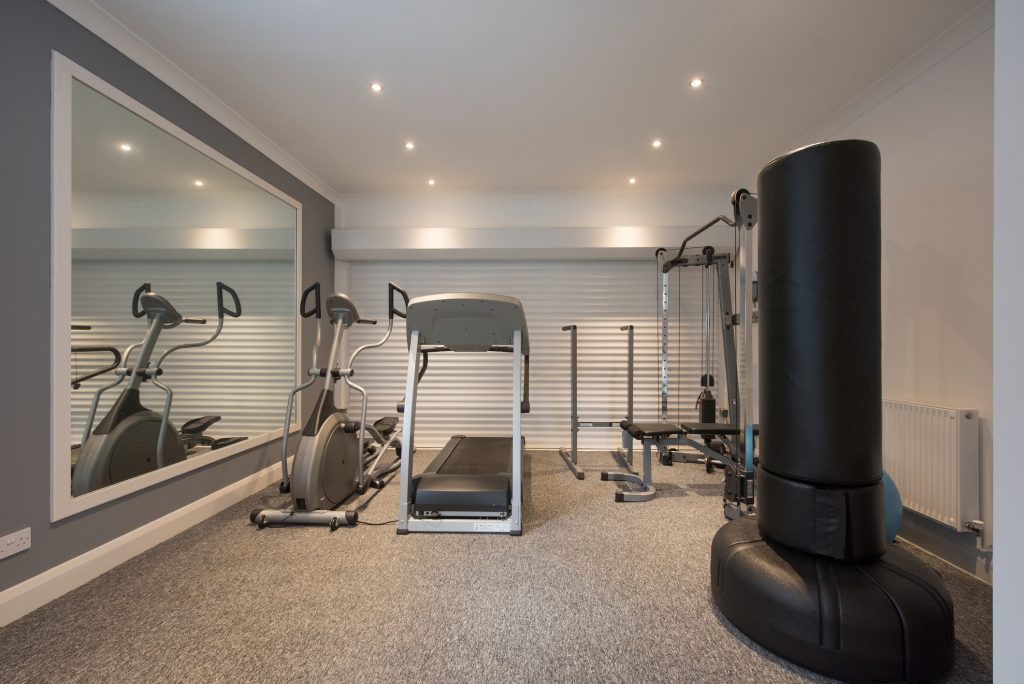
One of the most overlooked aspects of a home gym is the environment. A motivating space can make all the difference in sticking to your fitness routine, and it doesn’t cost much to create an inspiring atmosphere.
- Good Lighting: Make sure your workout area is well-lit to keep energy levels high.
- Music or Speaker System: Create a workout playlist and invest in a budget-friendly Bluetooth speaker to keep your momentum up.
- Mirrors: Adding mirrors not only enhances the space visually but also allows you to monitor your form during exercises.
- Inspirational Posters: Hang a few motivational quotes or posters to keep yourself motivated while working out.
8. Start Small and Upgrade Over Time
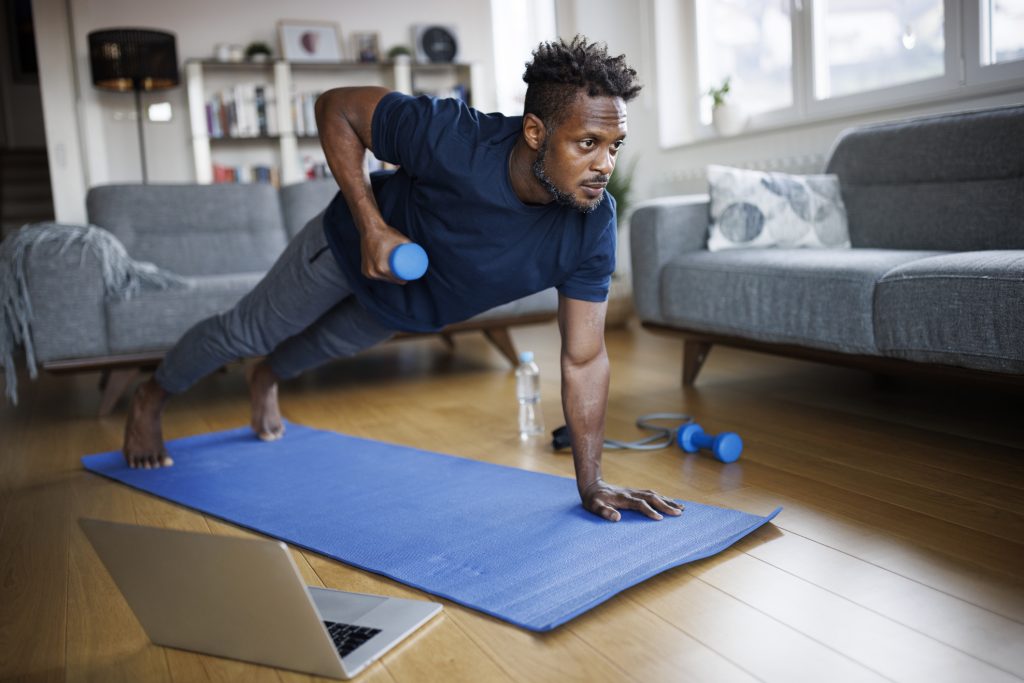
You don’t need to buy everything at once. Start with a few key items and gradually add to your collection as your budget allows. Focus on mastering bodyweight exercises and incorporating affordable resistance tools. If you find over time that your fitness interests change, you can adapt your gym as needed.
9. The Long-Term Value of a Home Gym
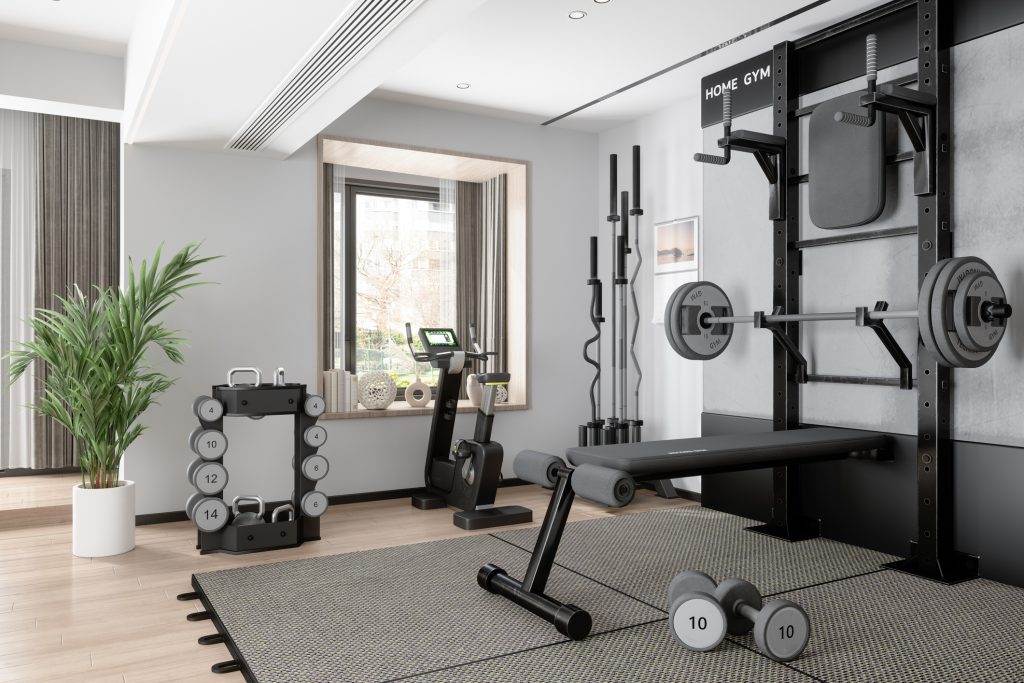
While the upfront costs of creating a home gym might seem like an additional expense, the long-term savings are substantial. The average gym membership in the U.S. costs about $50 per month, with many premium memberships going much higher. Over just one year, that’s at least $600 in savings—and likely more if you’re combining multiple memberships or adding commute costs. By building your gym at home, you’re creating a one-time investment that pays off every time you skip the line at the treadmill and get moving in your own space.
Final Thoughts
Building a home gym on a budget is completely achievable and rewarding. By focusing on your goals, shopping smart, and getting creative with DIY solutions or everyday items, you can create a fitness space that’s affordable yet effective. Not only will you save money in the long run, but you’ll also enjoy the convenience of working out whenever you want, without commuting or waiting.

